Violist of the Belinfante Quartet Henrietta Hill shares how the ensemble’s tour programme connects theatrical music with the growing concerns of climate change
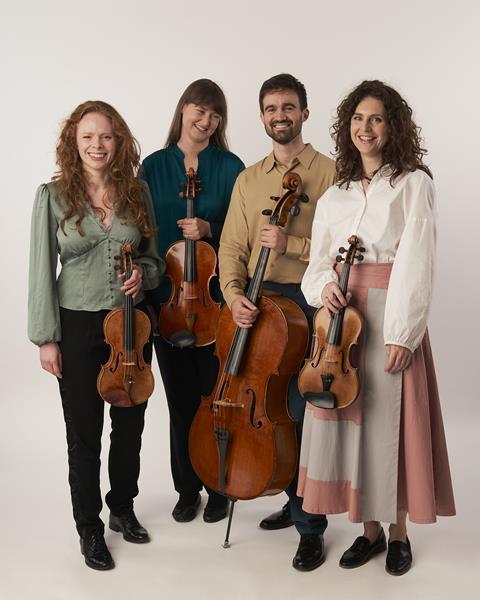
Discover more Featured Stories like this in The Strad Playing Hub
The Belinfante Quartet loves to introduce string quartets to audiences in fresh ways, connecting great music to current human problems. We were delighted to be selected by MERITA to create Death Of Venice. A theatrical concert, connecting music and poetry about Venice to thinking about the effects climate change has on places we love.
Venetian Music through the Ages
One thing the Belinfante Quartet loves to do is to create new pieces and arrangements. We begin our Venetian journey looking at ancient sound worlds from its golden age (a 1500-1800s medley). Think gondoliers, parties, the birth of opera and the cultural exchange of artists all concentrated in Venice. Giovani Gabrieli’s music introduces the concert hall as Venice herself, with music sounding all around.
We glimpse Jacopo Peri’s Prologue to L’Euridice (one of Venice’s earliest operas c.1600). Our cellist Pau explores one of the earliest solo cello works, a Ricercate by Gio Battista Degli Antonii. Composed in the same year (1687) as the completion of the Santa Maria della Salute, the church which features in Britten’s third string quartet.
This leads us to an arrangement of Antonio Vivaldi’s Concierto en Do Major RV 110. A definite Venetian Party! Two Gondolier songs complete the set - Santa Lucia and Gaetano Donizetti’s Il Sospiro del Gondoliero.
Benjamin Britten: String Quartet No.3 Op.94 (1975)
Feeling now totally settled in Venice, poetry leads to and is interspersed in Britten’s last string quartet. In five movements, Britten’s music speaks of both life and death. The key structure is taken from his opera Death in Venice. It forever seeks an E major acceptance - the key of the Opera’s protagonist Gustav von Aschenbach. Starting with the least tonal movement (B Flat Major), we immediately have an important theme from the opera, in retrograde: ‘I Love You’.
In typical Britten style, it is hidden throughout the quartet. The first movement is tumultuous, uneasy and difficult to listen to, but is staged as opera ‘Duets’ using musical ideas from Death in Venice representing the waters of Venice. The second movement is a fast dance ‘Ostinato’, giving way to the ‘Solo’ third movement, written for the first violinist of the Amadeus Quartet. Its calm and misty opening is accompanied by rising base lines. A memory of the end of Death in Venice.
The middle section shows Britten’s talent for invention - bird calls from his home in Horham (Suffolk). Britten’s love and comfort in nature is evident, backed by the journey to Britten’s personal key - C major. The fourth movement, a ‘Burlesque’ (a nod to Mahler’s 9th Symphony) moves to A minor, another important key from Death in Venice. This time it is Tadzio’s key, the boy whom Aschenbach falls in love with. However, the feel is completely at odds with Tadzio’s pentatonic music of the opera. The quartet turns it into a dance with death. But the pathway to the final arrival at the transcendence key of E major is set.
The final movement ‘La Serenissima’ is the most direct link to Venice. Britten composed it in his last visit to the city. The passacaglia is based on the bells of the Santa Maria della Salute, near to where he was staying. Built to commemorate the end of the Plague, the bells only sound once a year. Each instrument has a recitative, taking a direct theme from Death in Venice. It looks at the theme of beauty, Venetian music, pursuing love, life, redemption and transcendence. The quartet iterates the ‘I Love You’ theme in Britten’s key of C major, before slowly each instrument moves independently to the resolution key of E Major.
Here, Britten stays in the longest section of tonal music. The passacaglia slowly takes on the ‘Hymn to Apollo’ from Death in Venice (which praises Classical beauty) and answers the opera’s main question (based on Plato): that ‘beauty’ does not need to lead to the ‘abyss’. The ending is not about death, or dying, but looking ahead to what comes after. It gives the sense that Britten has resolved the often difficult feelings we come across in life. It also gives hope to the larger questions we now face.
With climate change posing a threat to our planet, places and people we hold dear, the music gives a moment to process and accept these emotions. In the end, it says that we don’t know what comes next, but there is still hope.
Rhiannon Randle: Baile (2024)
Baile is an Irish word for ‘home’. Rhiannon’s beautiful sound-world conjures instant longing and love for home, and optimism of the future for places, music and cultures. We set Rhiannon a challenge - to write a work to pair with Britten’s third quartet, with its links to Gustav Mahler, folk music and nature. Rhiannon acknowledges that both Britten and Mahler assimilated folk music with Western art music, and that both had struggles with their sense of ‘home’, both physical and their musical home. With the effects of climate change playing out before our eyes, our own sense of home and belonging, has never been more important.
Baile is double-jig in two parts. It combines the Irish Donegal Fiddle tradition (which we loved to learn from Rhiannon) with the sounds of traditional instruments and a whole soundscape of colours. It really does feel like an exploration of landscapes, peoples and their traditions, while giving a fresh look to how we can take these elements of life forward. It is the first quartet we have commissioned which truly takes on a traditional music, and looks at it from the lens of what a string quartet can create with it. It sets us a completely new challenge for the art form.
Baile’s UK premiere will be in Cambridge 1pm Friday 6 June, The Fitzwilliam Museum Gallery 7 and Sunday 8 June 2:30pm Girton College, Cambridge.
The Belinfante Quartet tour ‘Death Of Venice’ in 2025 to Paris, France; Tirana, Albania; Cambridge, UK 6 June and Venice, Italy 22 June.
With thanks to MERITA, Le Dimore del Quartetto, the European Union and their partners for their support of Death Of Venice and to The Vaughan Williams Foundation and Friends of the Belinfante Quartet for their support in commissioning Baile.
Read: Temple of resonance: Brooklyn Rider’s Philip Glass marathon
Read: Recovering paradise: Alisa Weilerstein on Richard Blackford’s new climate change concerto
Discover more Featured Stories like this in The Strad Playing Hub
The number one source for playing and teaching books, guides, CDs, calendars and back issues of the magazine.
In The Best of Technique you’ll discover the top playing tips of the world’s leading string players and teachers. It’s packed full of exercises for students, plus examples from the standard repertoire to show you how to integrate the technique into your playing.
The Strad’s Masterclass series brings together the finest string players with some of the greatest string works ever written. Always one of our most popular sections, Masterclass has been an invaluable aid to aspiring soloists, chamber musicians and string teachers since the 1990s.
The Canada Council of the Arts’ Musical Instrument Bank is 40 years old in 2025. This year’s calendar celebrates some its treasures, including four instruments by Antonio Stradivari and priceless works by Montagnana, Gagliano, Pressenda and David Tecchler.

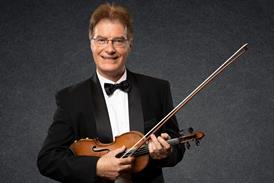
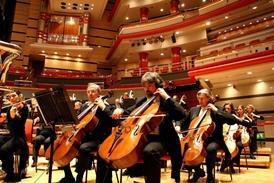
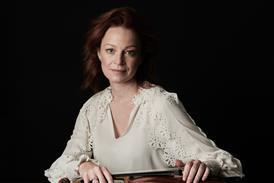
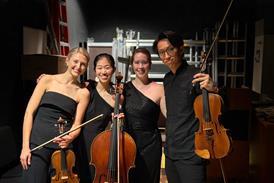

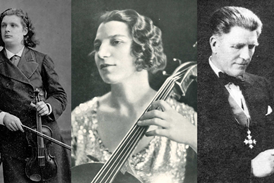



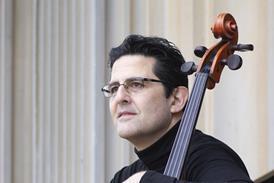
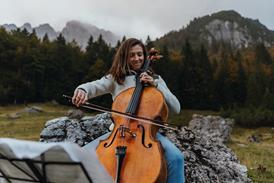

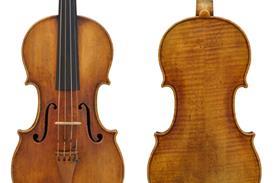
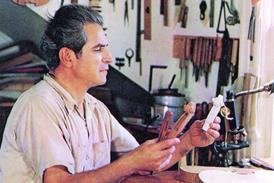
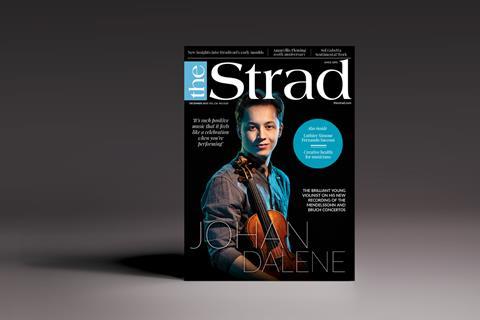
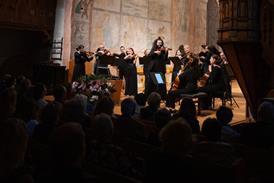

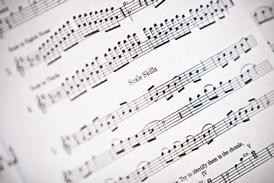
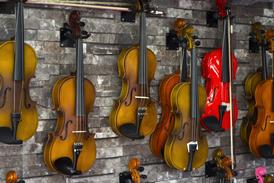

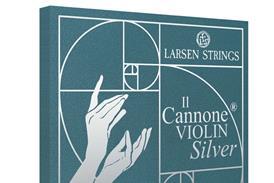
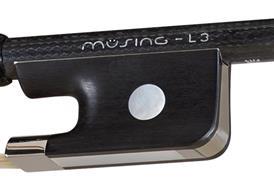
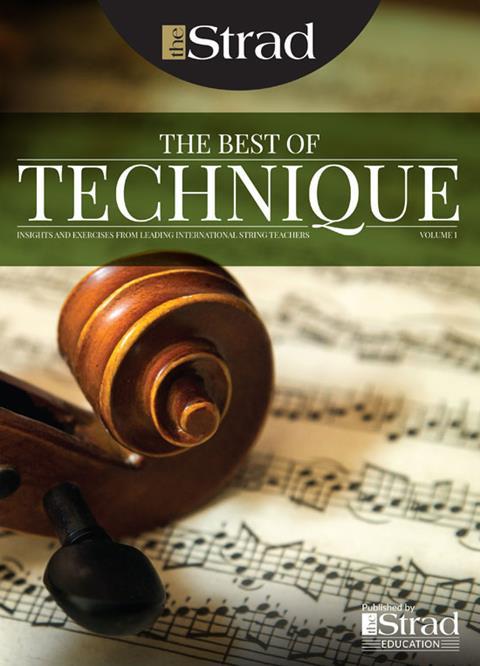
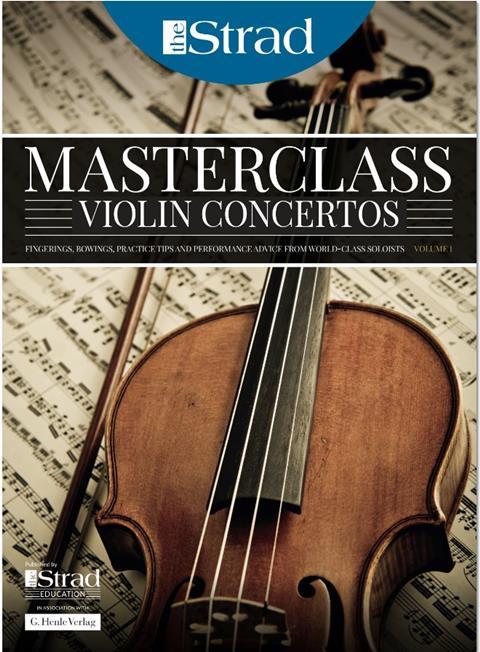
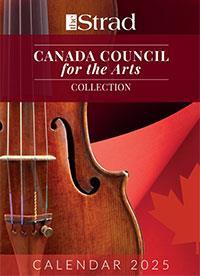
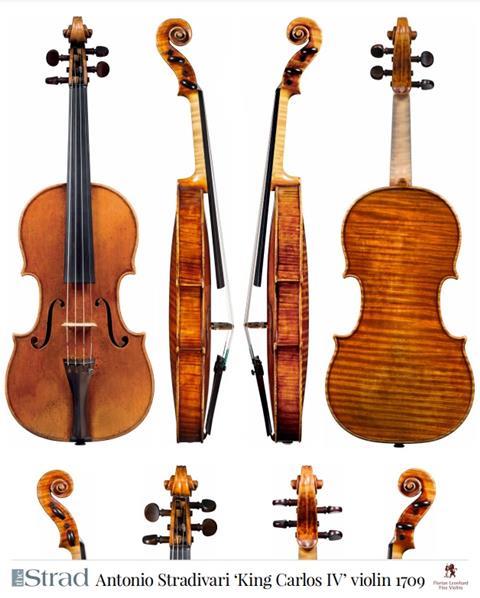
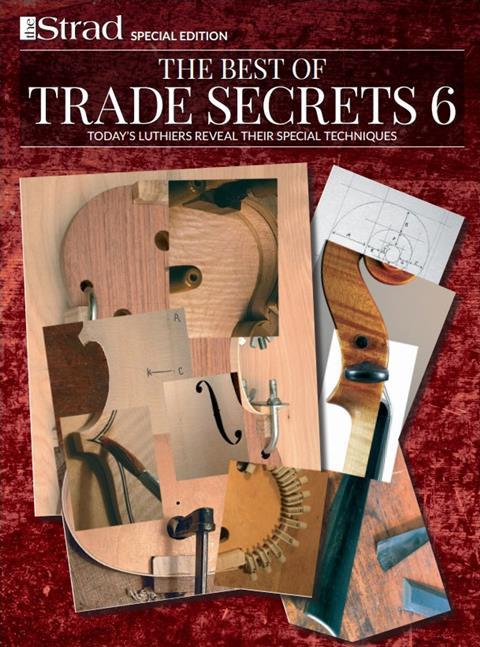
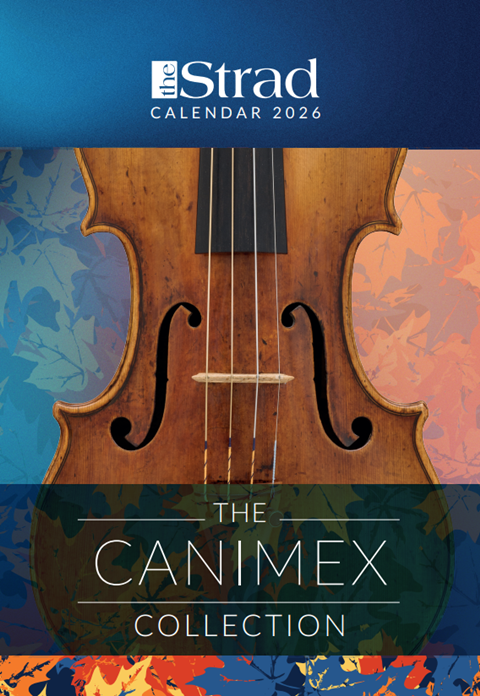
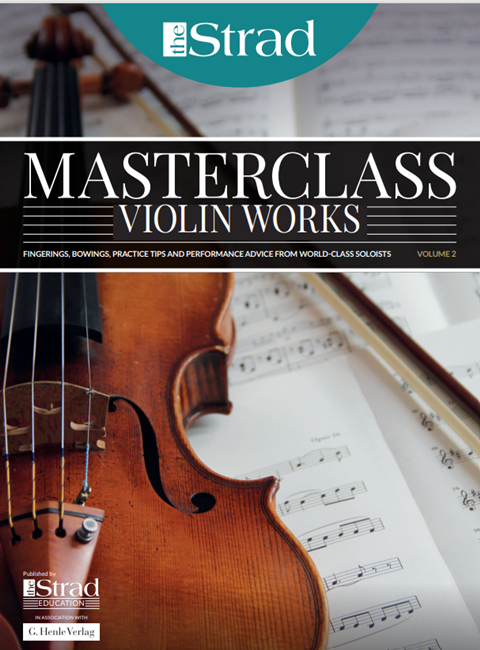
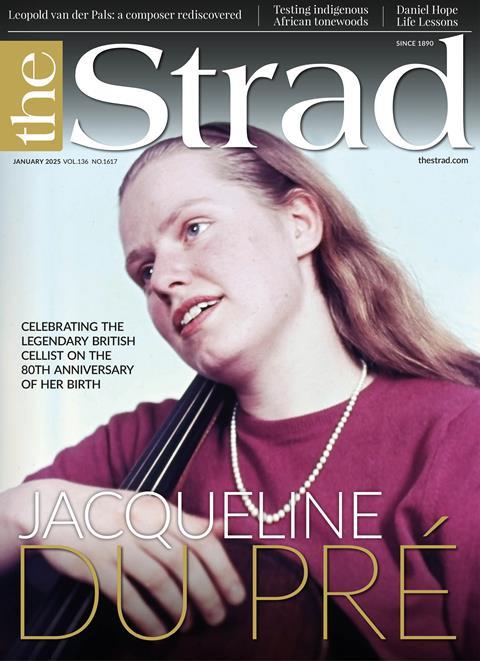
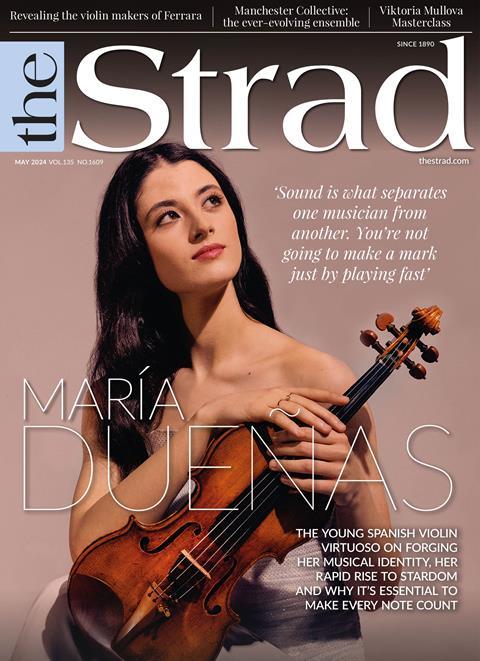
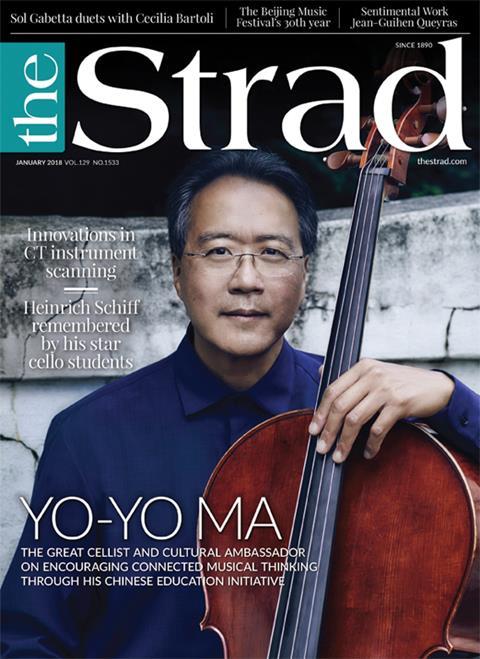












No comments yet